WirelessEmergencyAlert
Latest
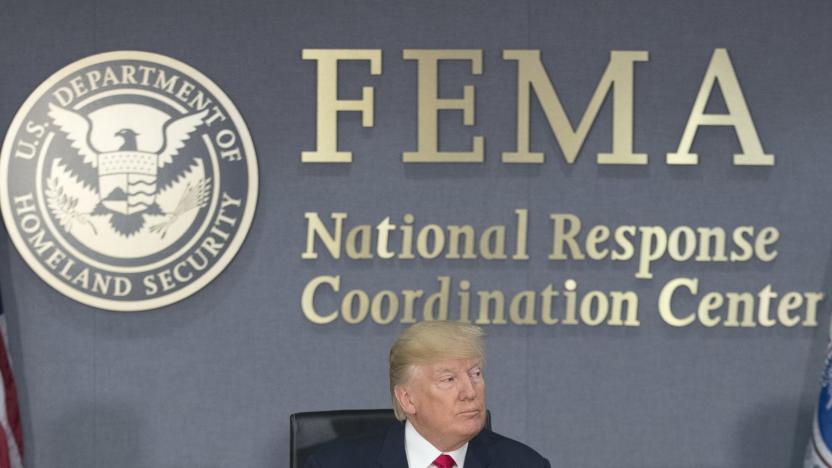
FEMA will test mobile Presidential Alerts today at 2:18PM ET
FEMA will conduct the first nationwide test of its Wireless Emergency Alert system today beginning at 2:18 PM Eastern. While you can choose to opt out of mobile weather and AMBER alerts, you won't be able to opt out of this test. When it happens, you'll see a notification on your phone with the header "Presidential Alert" and the message will say, "THIS IS A TEST of the National Wireless Emergency Alert System. No action is needed." Cell towers will broadcast the test for 30 minutes and any compatible phone that's on, within range of an active cell tower and connected to a wireless provider participating in WEA will receive the message.

FEMA postpones mobile ‘Presidential Alert’ test to October 3rd
FEMA announced recently that it would be conducting a nationwide test of the Emergency Alert System and Wireless Emergency Alerts (WEA). Both were initially scheduled to take place on September 20th, but FEMA said today that the WEA test has been postponed until October 3rd. The delay is due to severe weather stemming from Hurricane Florence and ongoing response efforts.

FEMA will test mobile 'Presidential Alert' on September 20th
Don't be surprised if your phone (and everybody else's) goes into a panic in the near future -- that's on purpose. FEMA and the FCC are conducting a national test of both the Emergency Alert System and Wireless Emergency Alerts on September 20th starting at 2:18PM Eastern. If you're included in the test, your device will receive a tone and a "Presidential Alert" warning that makes clear this is just a dry run. You can't opt out, and if circumstances make it inappropriate to send an alert, the test will be postponed to October 3rd.
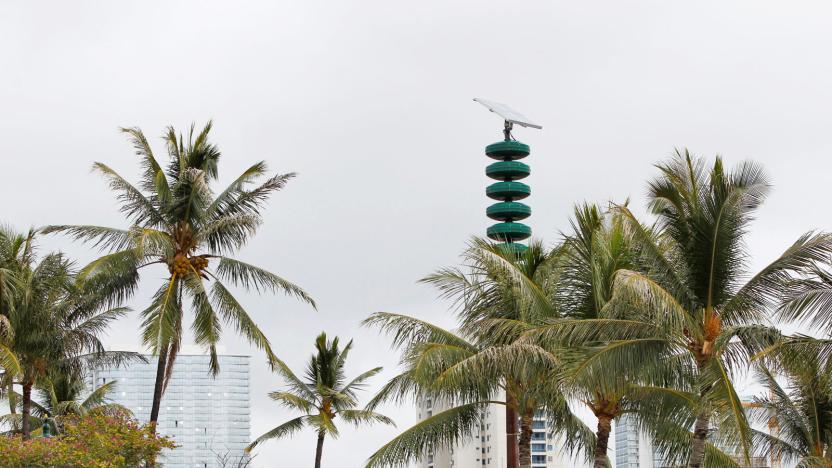
FCC: Officer behind Hawaii false missile alert thought it was real
The FCC has published the preliminary findings of its investigation into Hawaii's false missile alert, and it suggests that the story didn't play out as you might have heard. Where initial reports claimed the Hawaii Emergency Management Agency officer who triggered the mass panic clicked on the real alert by mistake, the FCC said the officer fully intended to click it -- because they'd misinterpeted a mangled message. Reportedly, the midnight shift supervisor had played a standard recording that included both the usual "exercise, exercise, exercise" language and the text from a real Emergency Alert System message, which includes "this is not a drill." Although other officers saw this was a drill, the one who clicked the alert was convinced it was real.
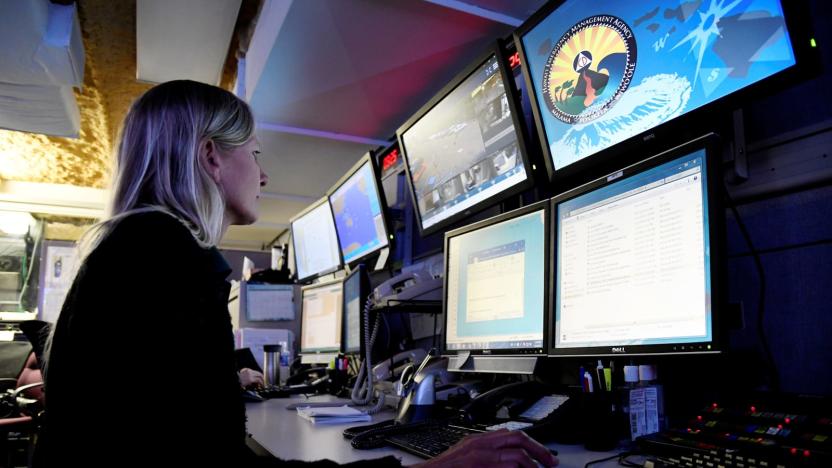
FCC investigates Hawaii's false missile alert
It's not just state officials who are investigating Hawaii's false alarm over a (thankfully non-existent) missile attack. FCC Chairman Ajit Pai has confirmed that the regulator's investigation into the error is "well underway." While Pai shied away from making many definitive statements early on, he said that early findings suggested Hawaii didn't have "reasonable safeguards or process controls" to prevent a mistaken alert.

False alarm: Emergency alert in Hawaii claims 'missile inbound'
A few minutes ago, phones across Hawaii received the above emergency alert about a "ballistic missile threat inbound," but according to state officials, it isn't true. US Rep. Tulsi Gabbard, Hawaii's governor David Ige and the state's Hawaii Emergency Management Agency all chimed in on Twitter to confirm the alert is false. It took 38 minutes before a second alert reached phones, confirming that the first one was a mistake. Honolulu police confirmed in a post that "State Warning Point has issued a Missile Alert in ERROR!," while Buzzfeed reporter Amber Jamieson tweets that one EMA employee said it was a part of a drill. US Senator from Hawaii Brian Schatz said the "inexcusable" alert "was a false alarm based on a human error" while the National Weather Service called it a "test message."
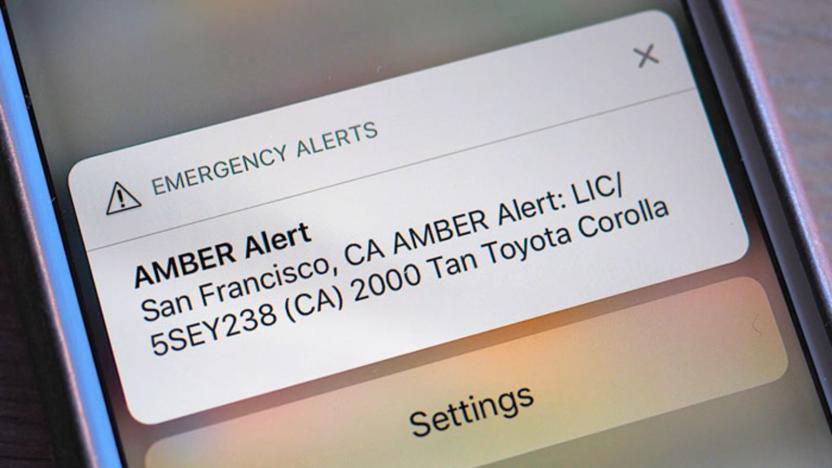
FCC chairman wants mobile alerts to be more locally targeted
Today, FCC Chairman Ajit Pai proposed a few changes to the Wireless Emergency Alert system aimed at making it more useful and functional for local officials. While the details of the proposal won't be released until tomorrow, Pai noted a major change is a requirement for wireless carriers participating in the alert program to more precisely target alerts to a particular area rather than distribute them widely. "Emergency officials across America have told the FCC how important it is to better pinpoint these alerts to impacted communities," Pai said. "This would encourage more local officials to use these alerts during emergencies as well as lead Americans to take more seriously the alerts they receive on their mobile devices."
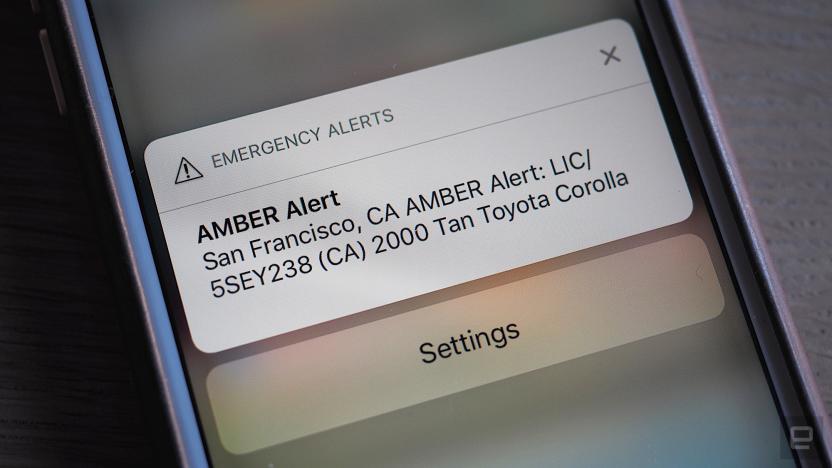
Everything you need to know about mobile Amber Alerts
At 2:38 PM on May 19th, 2017, my phone buzzed, emitting a high-pitched tone. So did the phone of my colleague Roberto Baldwin, who was standing with me inside a Starbucks near our office. Actually, all of the phones in that Starbucks buzzed at the same time, setting off a cacophony of synchronized alarms. An Amber Alert had just gone out for a missing 1-year-old child, last seen in a 2000 tan Toyota Corolla. Everyone in that Starbucks, and possibly the entire San Francisco Bay Area, saw the same message at the same time.
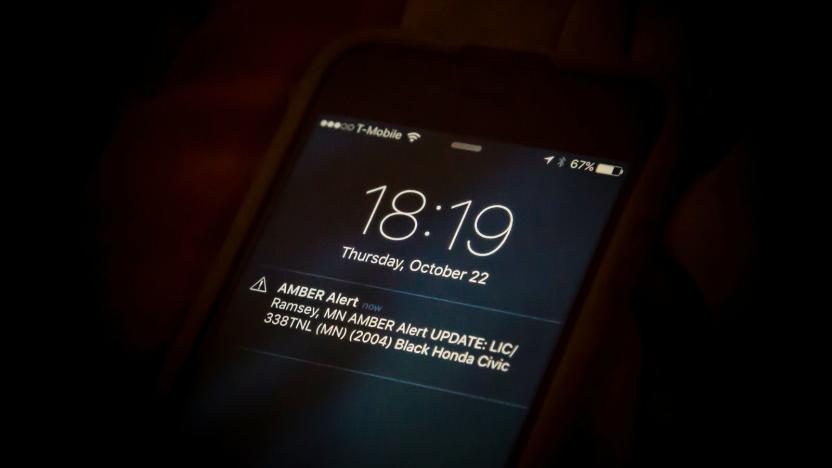
Wireless Emergency Alerts are about to get more detailed
The FCC has voted to strengthen the Wireless Emergency Alerts system, which sends warnings about missing children, natural disasters and other dangerous events directly to citizens' cell phones. The new rules allow government officials to write up to 360 characters, rather than 90, for 4G LTE and future networks, and it requires participating carriers to support the use of embedded phone numbers and links in all alerts. For example, in an AMBER Alert, the message may now include a link to a photo of the missing child.

Wireless AMBER Alerts shifting to Wireless Emergency Alerts at end of year
The CTIA noted this morning that the end of the year will also see an end to Wireless AMBER Alerts. The program will be put to bed on December 31st, in favor of the the similarly named Wireless Emergency Alert system, which offers up free notifications about local abducted children to millions of handset owners. Launched this summer, the WEA is a joint venture of the CTIA, FCC and FEMA. The WEA AMBER Alert system delivers local alert to users, even when they're visiting a a different area, "For example, if a Chicago resident was visiting Boston and a WEA AMBER Alert was issued in Boston, the subscriber would receive the alert." More information on the program can be found in a press release after the break.

FEMA and National Weather Service launch Wireless Emergency Alert System
While it's a little later than expected, the free SMS emergency notification system has now gone live. Wireless Emergency Alert (WEA) messages will be delivered to cell towers in affected areas, which will then broadcast them to all compatible devices in their range. While the system is looking to cover over 97 percent of the country, it's being gradually rolled out across carriers. Sprint and Verizon are both apparently ready for action and while we haven't heard about the status of T-Mobile or AT&T, the National Weather Service has stated that hundreds of smaller carriers haven't yet enabled the broadcasts. However, not all phones -- especially the more elderly bricks still in circulation -- will work with the system. To check whether your weighty cellular still passes muster, hit up the compatible device list at the CTIA link below.

Wireless Emergency Alert system goes live this month, delivers location-based SMS warnings
Last we heard of the federal government's Wireless Emergency Alert system, only Sprint had signed on to deliver the SMS warnings. Now, with the secured participation of all four major carriers and smaller regional operators, that gratis service is set to go live this month, covering nearly 97 percent of active mobile users. Using a "point-to-multipoint system" that targets at-risk subscribers, the National Weather Service, FEMA, FCC and Department of Homeland Security-backed initiative works by sending location-based messages of 90 characters or less to nearby handsets in the event of an imminent meteorological threat. The mostly opt-out service will also accommodate AMBER and Presidential alerts, although you won't have that flexibility for missives sent from our head of state. So, the next time your phone gives off a strange auditory tone, you'll know to head for shelter.







